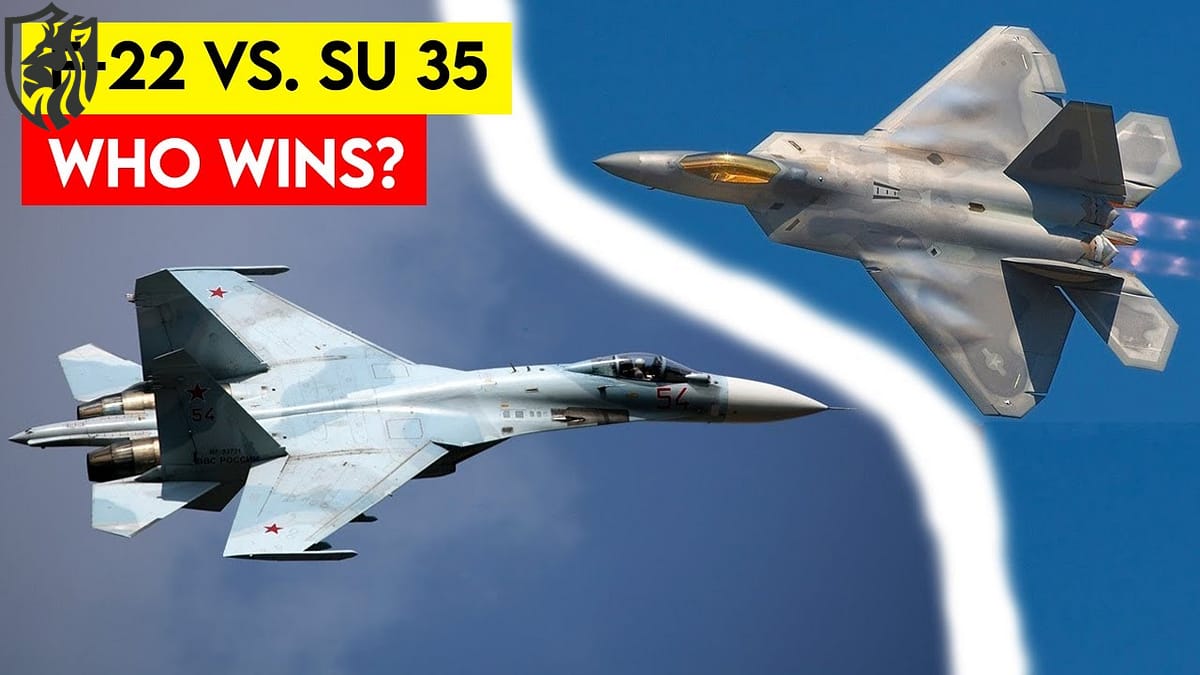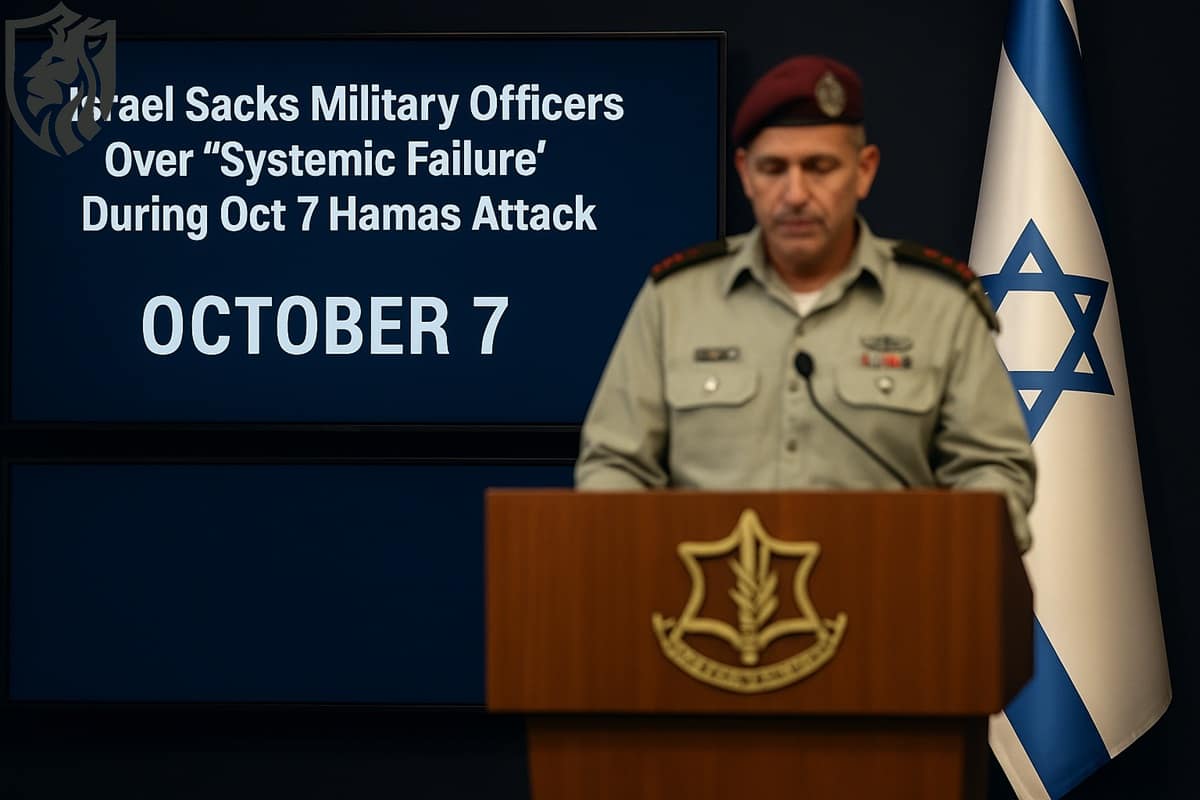
In a series of close-range air combat exercises, reportedly over Syria, the US F-22A Raptor outclassed Russian Su-35S and Su-30SM fighter aircraft consistently, according to military blogger Fighterbomber, who alleges connections with the Russian Air Force.
The engagements, described as realistic yet constrained by safety protocols, pitted an advanced U.S. stealth fighter against two of Russia’s most capable aircraft in what the source characterized as uneven and unpredictable scenarios.
The blogger provided that the F-22 came out on top in all cases, a result stated to have come from its superior capabilities and design, although details regarding the encounters are scarce. An online post shared days ago, later picked up by an Arabic source, quickly sparked fresh debates. People are now discussing which modern jet holds the advantage and what it means for today’s air combat strategies.

Fighterbomber’s report is one of the few glimpses into actual encounters between the aircraft, pointing out that the battles were not fought under controlled conditions or even conditions. The Russian aviators, flying Su-35S and Su-30SM aircraft, encountered the F-22 in circumstances where the variables of altitude, speed, and payload differed considerably.
The blogger portrayed the encounters as similar to wartime realities—uneven and disorganized—while pointing out that the American fighters ruled with seeming ease. Despite the planes’ armament, they fought with “blunted blades,” meaning that live fire was a remote possibility under extreme conditions.
Lockheed Martin
This configuration allowed the pilots to test their skills and capabilities in a high-risk environment without engaging in actual combat. The F-22’s ability to excel in these mock dogfights is consistent with its status as a first-rate air superiority vehicle. The Raptor, designed by Lockheed Martin, joined the U.S. Air Force in 2005. It is well-known for its stealth, sophisticated avionics, and outstanding maneuverability.
Its high thrust-to-weight ratio, in combination with thrust-vectoring nozzles, allows it to make tight turns and sustain energy in close-in combat, a term used in the military as within-visual-range [WVR] combat. The jet’s ability to remain undetected by radar, as well as its advanced flight control systems, has been touted by analysts for years as something that can evade opponents even in the close spaces of a dogfight.
However, Russia’s Sukhoi design bureau presents the Su-35S and Su-30SM as formidable opponents. The Su-35S, an evolved member of the Su-27 family, features thrust-vectoring engines to make it highly agile, along with a powerful radar and an imposing weapons loadout.
One-On-One
The Su-30SM is a two-seater multirole fighter that possesses characteristics similar to the Su-35S and is well-suited for both air-to-air and air-to-ground combat. Russian forces have used these aircraft on a large scale, including in Syria, where they have been conducting operations for the government since 2015.
Reports credit them with excelling in close-range battles, but Fighterbomber’s account suggests they failed to match the F-22’s performance. The blogger’s entry, though direct, raises questions. He did not disclose the pilots’ experience or the exact engagement parameters—such as detection range or tactics used.
Such factors can play a role in air-to-air combat. For example, a better-trained pilot can take advantage of hesitation on the part of an adversary, and an increased payload could undermine an airplane’s maneuverability. Fighterbomber was aware of such differences, recognizing that the engagements were “one-on-one” but anything but equitable, something that highlights the danger of inferring sweeping judgements from these occurrences.
F-16 pilot and Heritage Foundation
Aviation experts have commented on the reported encounters, providing context for the F-22’s apparent advantages. Former F-16 pilot and Heritage Foundation senior research fellow John Venable explained that the Raptor’s stealth and situational awareness provide it with an important advantage, even in close-range battles where radar evasiveness is less important.
“The F-22 shows unmatched ability to process sensor data and deliver it to pilots instantly,” Venable explained. He added that the jet’s sleek design makes it a tough target to beat in the air. Still, he warned that simulations don’t fully reflect real combat, where jamming and missiles can shift the fight. Russian analysts, on the other hand, pointed out strengths in their aircraft.
Retired Colonel Viktor Murakhovsky said the Su-35S could outmaneuver rivals and might hold its own in a dogfight. “Sukhoi jets are built for agility and toughness,” he explained. “Success depends on both the pilot and mission goals.” Murakhovsky also hinted the F-22 may have benefited from specific tactics in those engagements. However, he didn’t dispute the reported outcome shared by Fighterbomber.
If the reports are true, the skirmishes probably happened over Syria, adding political layers to the story. The U.S. and Russia entered Syria with separate missions—Washington backed anti-ISIS efforts, while Moscow supported Assad. Since then, their jets have flown close together in tense and crowded airspace. Military hotlines helped both sides avoid accidental conflict through clear communication and deconfliction agreements.
Still, reports have mentioned close calls between American and Russian warplanes in the region. The Pentagon confirmed that F-22s were deployed to Syria under Operation Inherent Resolve. Meanwhile, Russia’s Su-35S and Su-30SM fighters have operated there regularly since arriving nearly ten years ago.
Red Flag
If Fighterbomber’s story is true, the encounters likely happened during these missions, testing limits without triggering full-on conflict. Fighterbomber wondered whether other planes were part of the comparison. He discussed Russia’s Su-57, a fifth-generation stealth fighter, as an example plane that might hold up against the F-22.

The Su-57 still hasn’t been widely deployed—Fighterbomber noted Russia lacks even one full combat regiment using it. Its real-world combat abilities remain unproven, leaving a gap in confidence despite its fifth-generation label.
Fighterbomber shared that during one sighting, Su-35s were tasked with protecting the Su-57, hinting at a specialized role. The MiG-31 also entered the conversation, seen as powerful but built more for long-range strikes than close combat. Open-source stats back the F-22’s dominance in air-to-air fights, especially during US training events like Red Flag. In 2017, a US Air Force report claimed the Raptor scored over 100-to-1 kill ratios in exercises.
Those outcomes demonstrate the F-22’s excellent engineering, even though they were the result of training. Russia’s Defence Ministry praised the Su-35S in Syria, citing drone kills and precision strikes. However, it rarely compares Russian jets directly with Western aircraft like the F-22.
Whether those stats tell the whole story is up for debate among defense experts. Still, the F-22’s strong record keeps it vital to US air power, even after 20 years in service. No direct replacement is in production yet, keeping the Raptor in a leading role for now.
Conclusion
For Russia, this outcome highlights weaknesses in its fleet, while Su-57 deployment faces budget cuts and technical issues. Fighterbomber’s comment about changing conditions shows how air combat constantly evolves with time and new trends.
As both nations refine their air forces, Syria’s skies become a testing ground for strategy and tech. The stories shared by Fighterbomber provide insight into the continuous struggle between skill, training, and quick decisions. These fights might show F-22 dominance or just a temporary edge in certain conditions. Either way, they reflect the never-ending struggle to rule the skies in today’s complex air wars.
References
- U.S. Air Force on F-22 Raptor Performance: https://www.af.mil
- Fighterbomber Telegram Channel (Russian Military Blogger): https://t.me/fighter_bomber
- Lockheed Martin F-22 Overview: https://www.lockheedmartin.com
- Russian MoD Statements on Su-35: http://eng.mil.ru/en/index.htm
- Heritage Foundation on Air Superiority: https://www.heritage.org
- Analysis of Red Flag Exercises: https://www.defensenews.com
- U.S. Department of Defense on Syria Operations: https://www.defense.gov









